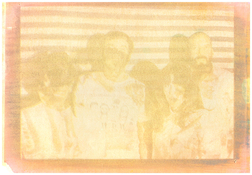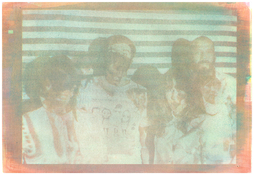GuidoIlieff
Member
I only have experience with Cotman (garbage), and Daniel Smith. Sorry. I'm not familiar with the floating technique... is that for paper sizing? If it is, I only have experience (when I was sizing paper) with pouring warm gelatin (with hardener added) on paper, spreading it around, then squeegeeing it off.
I found an article that explain a few methods https://www.alternativephotography.com/coating-paper-by-floating-rod-or-brush/
I saw people use the floating technique but it seems it is only used for silver emulsions. Maybe you get a coat that is too thick with gum if you do it like that. idk








